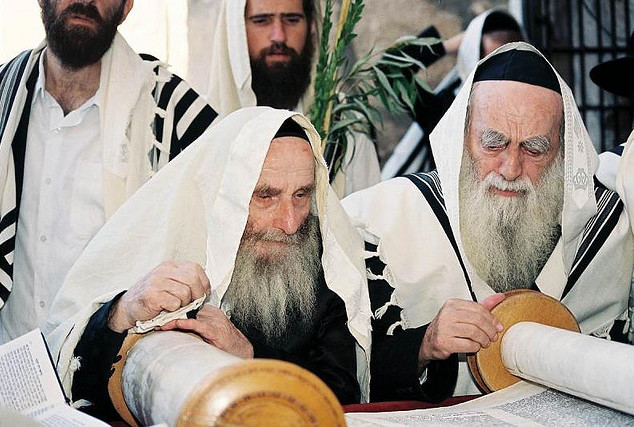Modern Orthodoxy: A Contemporary Interpretation of Tradition
A Journey Through Time
Modern Orthodoxy, a branch of Judaism rooted in ancient traditions, emerged during the 20th century as a response to the challenges of modernity. Its proponents sought to preserve the core precepts of Jewish law and faith while adapting to the changing societal landscape.
Defining Principles
Modern Orthodoxy is characterized by several foundational principles:
- Adherence to Halakha: Strict observance of Jewish law as outlined in the Torah and subsequent rabbinic interpretations.
- Intellectual Engagement: Encouragement of critical thinking, scholarship, and dialogue within the framework of Jewish tradition.
- Community Involvement: Participation in both Jewish and broader societal organizations to foster mutual understanding and promote ethical values.
Historical Context
The rise of Modern Orthodoxy coincided with a period of profound cultural transformation in Europe. As Jewish communities became increasingly integrated into secular society, some individuals sought to reconcile their religious beliefs with modern scientific and philosophical ideas.
Influential figures such as Rabbi Samson Raphael Hirsch and Rabbi Avraham Yitzchak Kook played pivotal roles in shaping Modern Orthodox thought. They argued that Judaism could be both faithful to its ancient foundations and responsive to contemporary challenges.
Modern Orthodox Practices
Modern Orthodox practices reflect the movement's emphasis on both tradition and adaptation:
- Kashrut Observance: Strict adherence to Jewish dietary laws, including the consumption of only kosher foods.
- Shabbat Observance: Refraining from work and certain activities on the Sabbath, while still engaging in meaningful spiritual and communal activities.
- Rabbinic Authority: Recognition of the authority of rabbis to interpret Jewish law and provide guidance in matters of faith and practice.
Contemporary Relevance
Modern Orthodoxy remains a vibrant and thriving movement in the 21st century. Its proponents continue to navigate the complexities of contemporary society, seeking to maintain their commitment to tradition while fostering dialogue and engagement with the outside world.


Comments